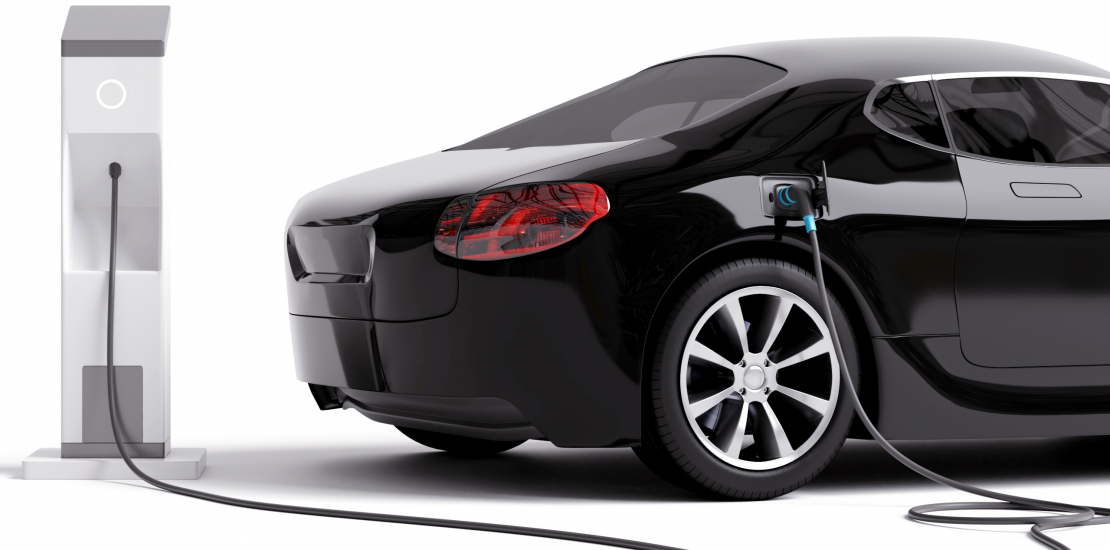
Battery inputs to feel lasting effects of recent price volatility
Battery input commodities have been unsettled over the past month, with extreme geopolitical instability a key disrupter to the market.
The prices of key battery input commodities have been unsettled over the past month, with extreme geopolitical instability a key disrupter to the market. The price of nickel saw an unprecedented surge in March, more than doubling in price to US$100,000/t, setting up a collapse on the London Metal Exchange (LME) in the wake of a historic “short squeeze” from huge margin calls owed by Tsingshan and other short position holders totalling over US$4 billion. While this liquidity crisis has passed and the price of nickel has eased back to US$32,868/t at the time of writing, this will certainly leave a scar on one of the most crucial industrial commodities benefiting from the adoption of electric vehicles (EVs).
While the price shock was certainly due to the impact of the Russian-Ukraine conflict, the conflict has highlighted the impending supply shortage of nickel and lithium (key battery chemistry inputs) to sustain the demand from renewables and other clean energy technologies like EVs. Not surprisingly, EV manufacturers (including Tesla) have been securing vertical integration with their natural resource mining supply chains to buffer future price fluctuations and supply constraints. Given the recent volatility of nickel prices, whether the automakers still have confidence to develop their nickel rich battery driven business models is a key decision in the EV adoption story.
But EV batteries aren’t only made of nickel — they include other metals, like cobalt and lithium, too. Vertically integrating all those types of mining could prove challenging for companies trying to produce EVs at a rate that meets government policies. This is because vertical integration comes with another challenge, with western companies setting stringent climate and Environmental, Social and Governance (ESG) goals that don’t gel with the realities of the mining jurisdictions where the majority of the raw materials required for battery packs are located (i.e. Indonesia, Africa and parts of South America).
Although the prices of key battery inputs are expected to stay at elevated levels due to supply chain shortages, the Russia-Ukraine conflict has up-ended a key jurisdiction in the metals and mined commodities space and questions the world’s insatiable desire to pivot away from fossil fuels. A prolonged shift in some trade following the Russian-Ukraine conflict including a lack of western participation in the Russian metals and mining sector are near certainties. But even if we ignore for a moment the serious geopolitical impacts on trade, the price shocks themselves will also engender potentially long-lasting change.
In response to this, Commodity Insights’ has developed a new suite of reports for the battery metals market that covers all aspects of the global supply chain and the potential market impacts of government policy on supply chains. Our (Lithium Report and Nickel Report) include detailed market assessments of major producing regions as well as a range of models and charts to support current producers and emerging producers in these markets raise investment capital. To find out more about our commodity data and research capabilities contact our friendly team.
